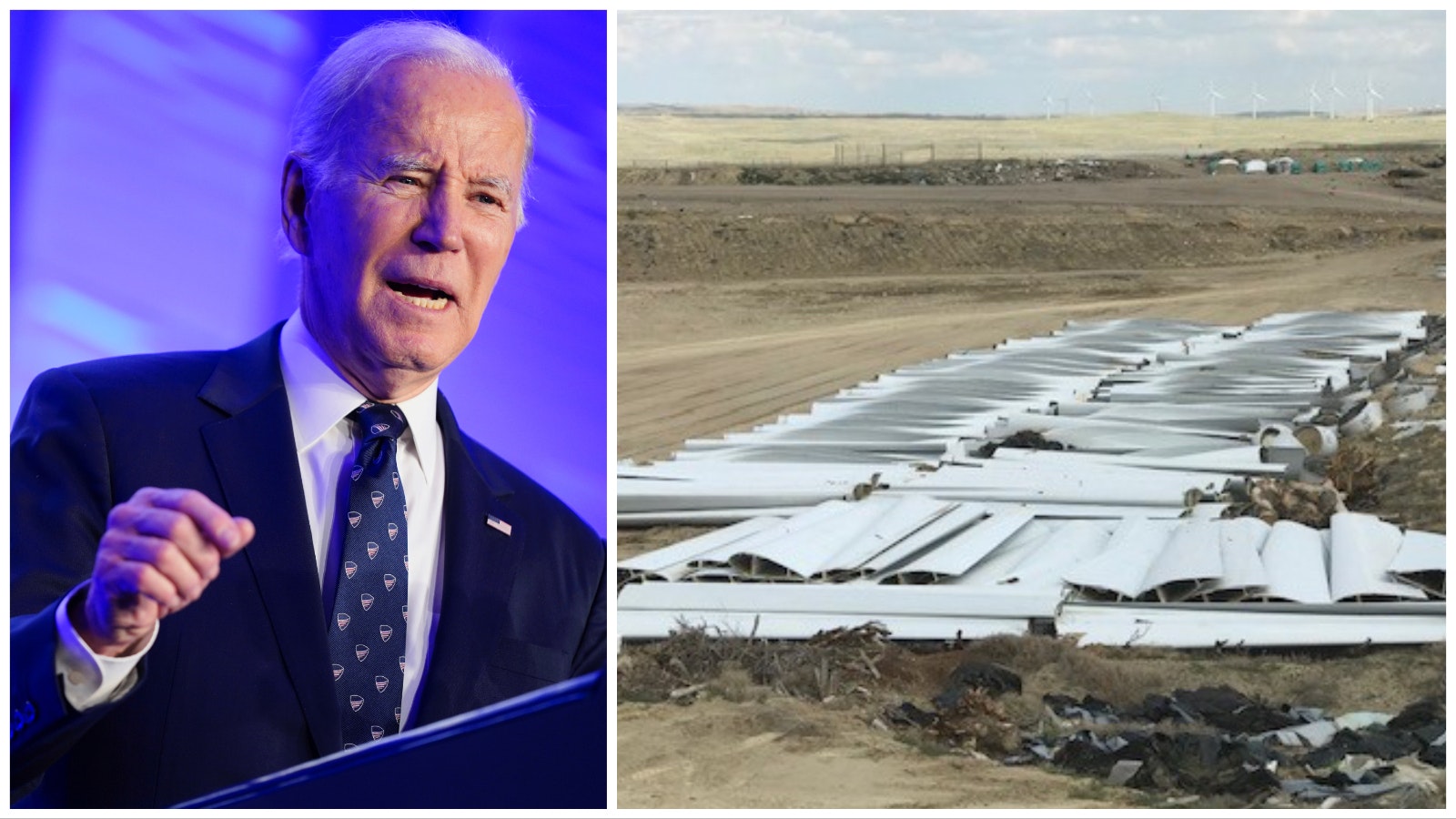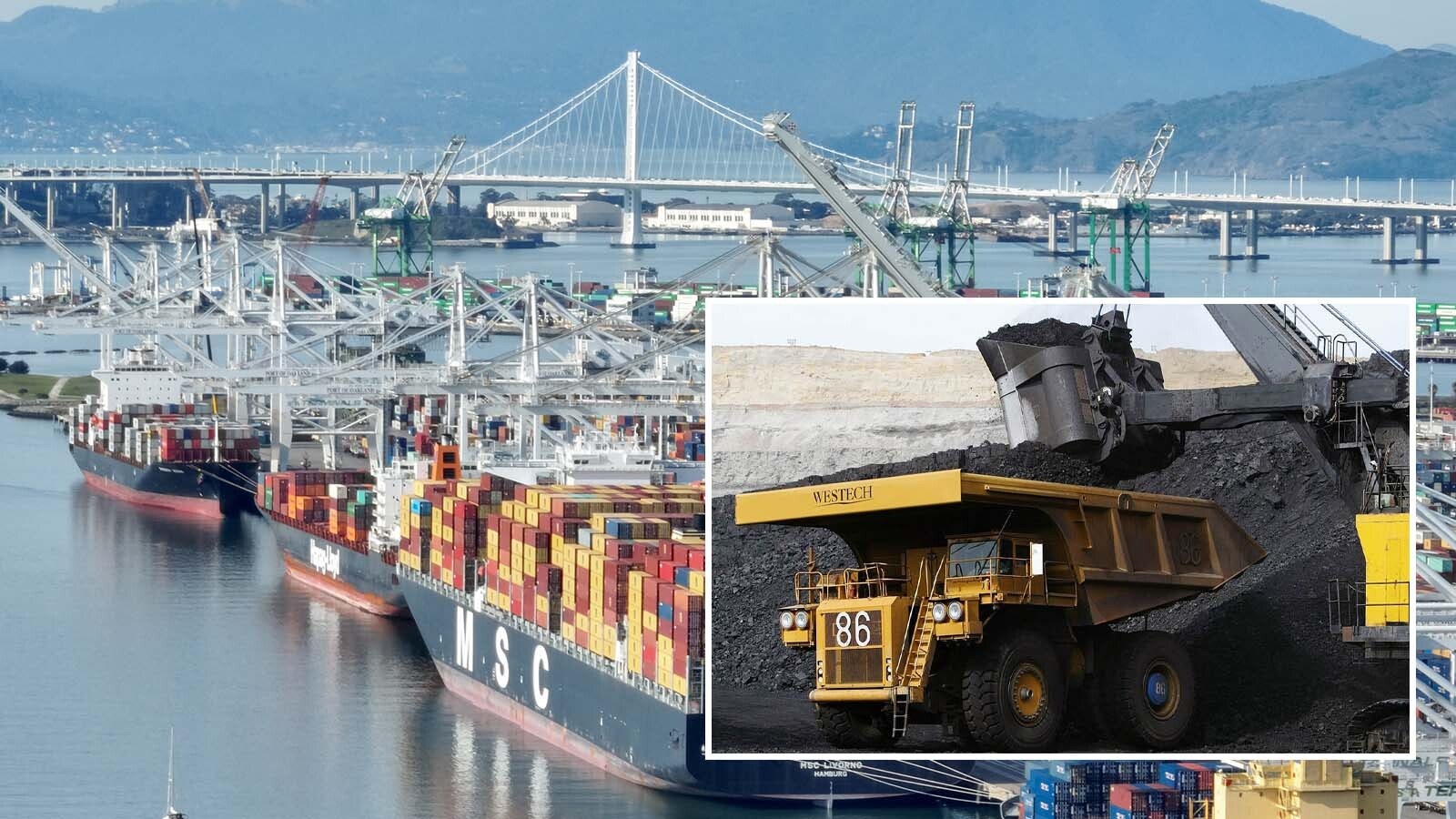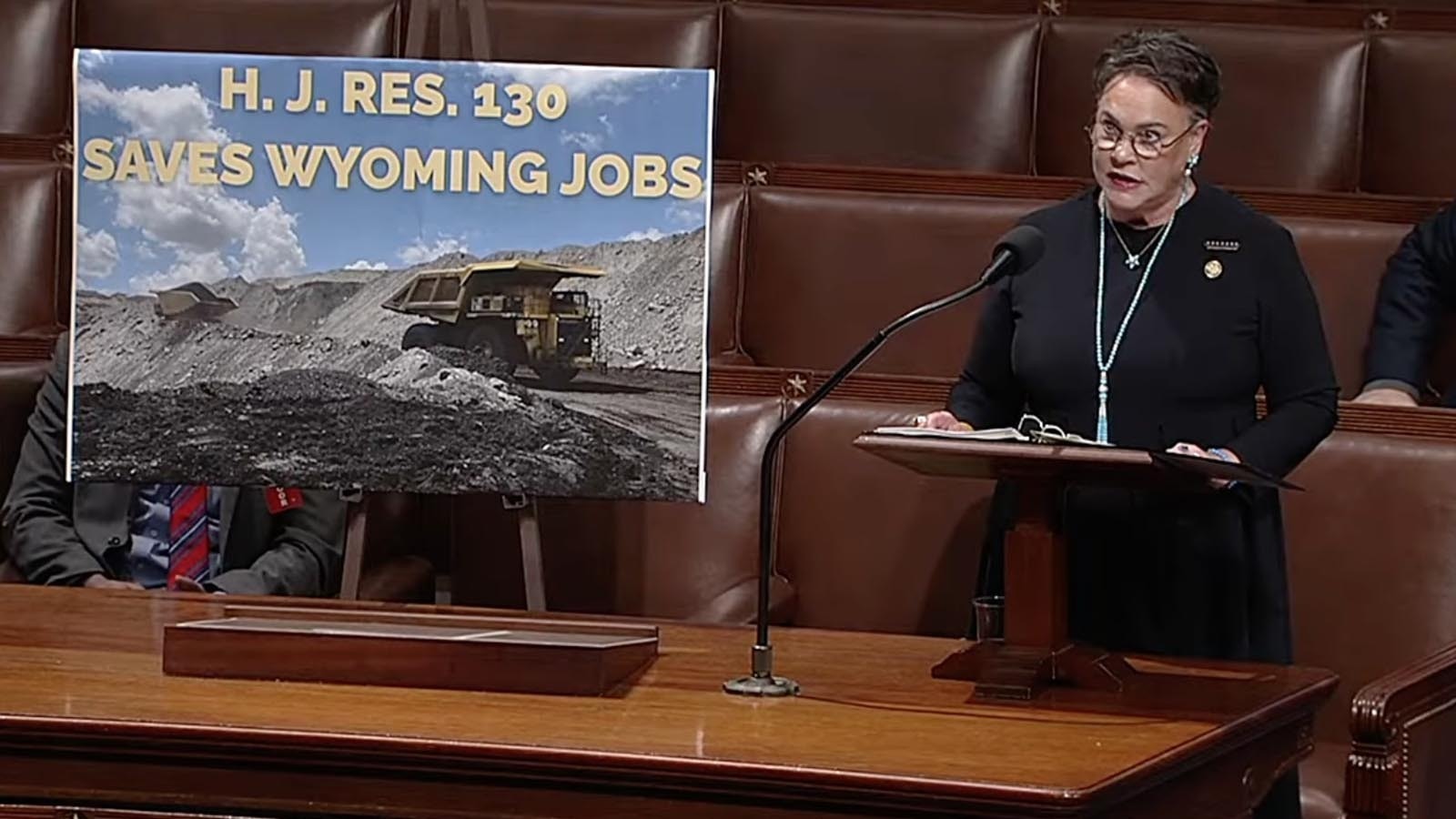Wyoming got a clear picture of the waste challenges of wind energy in 2019 when photographs of thousands of wind turbine blades being buried at the Casper Landfill circulated the internet.
The following year, the Wyoming Legislature came up with a disposal method that would not only get rid of used blades, but also help coal mine reclamation. Unfortunately, the plan has since been in dry dock, awaiting federal approval for nearly two years.
Two Birds, One Stone
House Bill 217, which passed during the 2020 budget session, amended Wyoming’s solid waste laws to allow the use of decommissioned wind turbine blades and towers as backfill as part of approved coal mine reclamation plans.
“The idea was that, since we have the rail lines going to the mines, we could accept this waste from the wind industry and use it for some backfill to help lower reclamation costs,” Travis Deti, executive director of the Wyoming Mining Association, told Cowboy State Daily.
Under the law, the wind companies pay coal companies for the blade disposal, the state gets a cut of the fees and the large turbines don’t clog local landfills across the nation.
Eloquent Solution
The bill passed with minimal opposition and was signed into the law by Gov. Mark Gordon. The state Department of Environmental Quality quickly developed a rule package, which the Wyoming Environmental Quality Council approved.
The amendments then went to the U.S. Office of Surface Mining Reclamation and Enforcement in August 2021.
That’s where the plan remains.
Sen. Eric Barlow, R-Gillette, sponsored the bill when he was a state representative and Cowboy State Daily that the coal industry was having challenging times then. There was a lot of concern over decommissioned blades taking up a lot of space in landfills, and recycling blades wasn’t economical with the technology available.
So, using them for reclamation fill for Wyoming’s large open-pit coal mines seemed a prime opportunity, Barlow said.
Now the plan just needs federal approval.
“It was the most eloquent solution to solving the massive waste problem that wind towers generate, but the Biden administration and the Office of Surface Mining has just sat on it,” Deti said.
Waste Problem
According to a 2017 study published in the scientific journal Waste Management, the world’s industry will produce 43 million tons of turbine blade waste annually by 2050, 41% of which will come from the U.S. and Europe.
There are various plans to use the blades as fill for pavement materials and for structures, such as bike shelters.
Recycling technology also is improving.
Carbon Rivers developed glass to glass reclamation technology. Denver McGrady, product development engineer for Carbon Rivers, told Cowboy State Daily that the company is “an incubator firm for new ideas.”
McGrady explained the glass-to-glass process uses wide fiberglass composites, such as turbine blades or boat hulls, shreds them and then feeds that through a multistage pyrolysis process.
It uses less than one-fifth the energy than making new materials, and does so with less carbon dioxide emissions, according to the company.
The company hopes to be processing 200 tons of waste per day by the end of next year.
Efficient And Responsible
Recycling will likely catch up to the waste stream one day, but repurposing the blades for things like backfill for mine reclamation is expected to be part of the solution.
House Bill 123, which was also sponsored by Barlow last year, further amended state solid waste statutes to allow for the disposal of inert material, which could include wind turbine blades, in non-coal mine reclamation.
Meanwhile, U.S. Sen. Cynthia Lummis, R-Wyoming, told Cowboy State Daily she is working to get clarity on what the holdup is at the federal level on the coal mine reclamation plan.
“Climate activists in our country have pushed an all-wind, all-solar agenda without fully considering the negative consequences of those energy sources. Wyoming is trying to dispose of retired wind turbine blades in an efficient and responsible manner, yet the federal government is impeding those efforts,” Lummis said.





